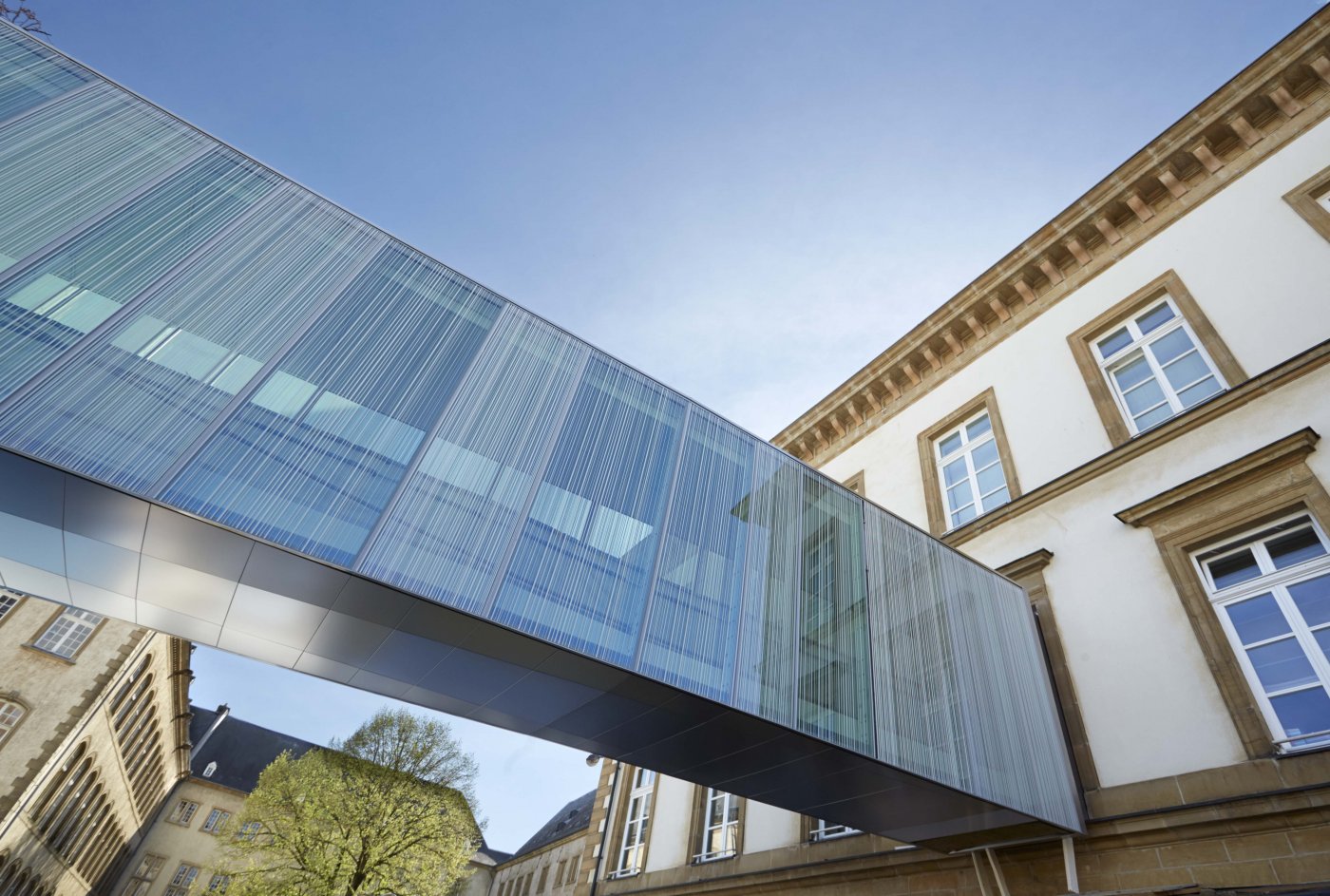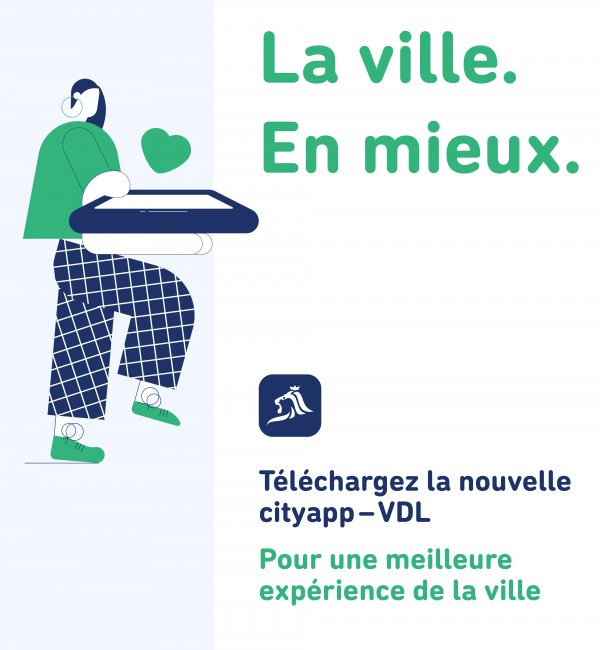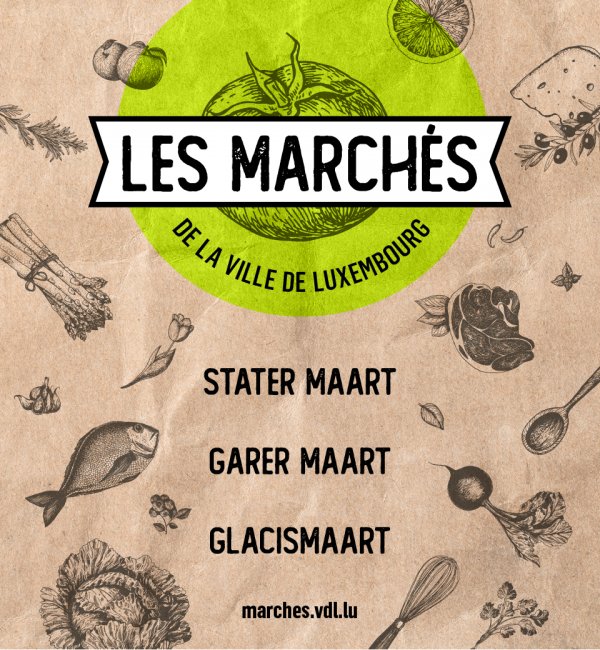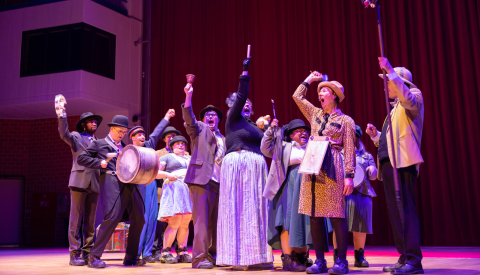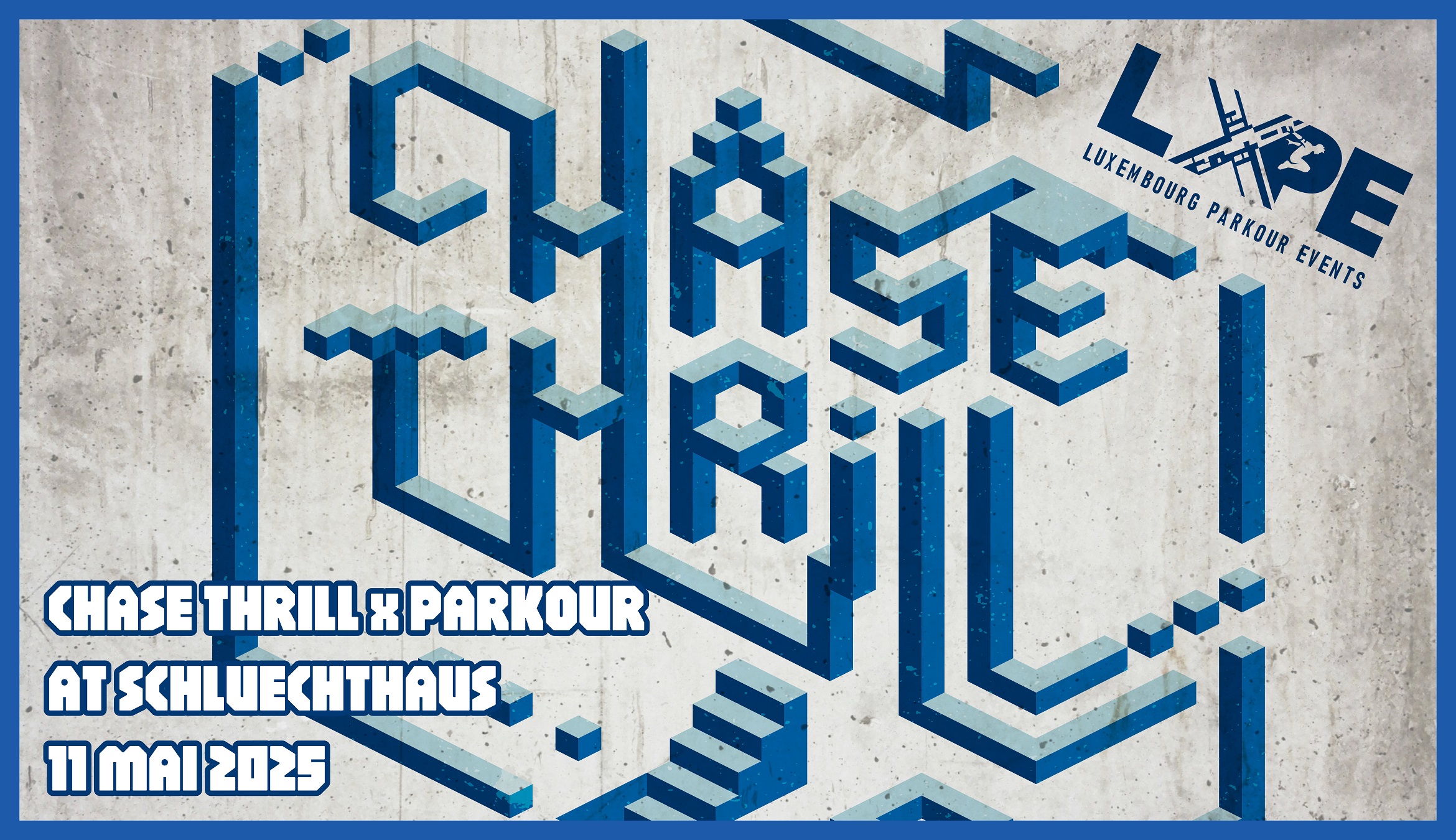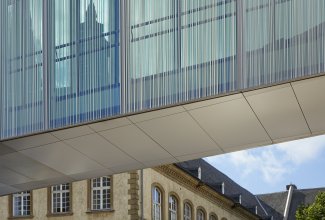Summary record
Video
Access to school buildings in Luxembourg City
QUESTION POSED BY CHRISTA BRÖMMEL
The media reported a case of sexual assault involving a pupil at the elementary school in Hesperange at the beginning of October. The alleged perpetrator was able to enter the school premises without once being challenged, and make his way to the toilets, where he sexually assaulted a girl. To what extent can the rules governing access to school premises in the capital prevent such violations? Are the rules the same for all schools? Have there been cases in the past where unauthorised persons have managed to enter the premises of a municipal school? If so, how were those incidents managed, and what was the result?
At a recent conference hosted by Inter-Actions on child sexual assault, the importance of understanding the strategies adopted by perpetrators, and preventive and protective measures, were addressed. What measures aimed at raising awareness of the issue of sexual abuse are in place for municipal workers in schools and childcare centres? What protective measures have been implemented in schoolyards?
In principle, supervision should be provided 10 minutes before and after classes. Apparently, this is not the case in all schools, and some staff take up position near the entrance to the school instead of patrolling the schoolyard. This is a matter of concern for parents, who often remain on the school premises until 8:05 or 8:10 to make sure that nothing happens to their children while they are waiting for classes to start, in designated areas of the schoolyard established as part of the measures to combat the pandemic. What are the rules of conduct currently in force? Are these rules observed in all schools?
RESPONSE PROVIDED BY ALDERWOMAN COLETTE MART
All members of the college of aldermen were deeply affected by the news of the incident in Hesperange. In principle, such a situation, where a paedophile who manages to enter a building can approach an unaccompanied child in the toilets, can only occur during school hours or at the end of the school day, when there is no-one else in the building. As the Minister of Education (Ministre de l’Éducation nationale) pointed out, there is a lot of coming and going in schools at other times (children, teachers, tradesmen, cleaners, etc.).
In Luxembourg City, school gates are locked at 9:00 for cycle 1, and at 8:00 for other cycles. When children arrive late, the gate is opened by the caretaker. There is no single rule governing access to all municipal schools. The rules governing access to a school are set by each individual school committee (comité d’école).
According to reports in the media, the alleged perpetrator in the incident in Hesperange had dropped off a child at the school and then hid. Apparently, there were no arrangements at the school to lock the entrance gate at a specific time.
In Luxembourg City, parents and other persons accompanying children can only enter school premises during the first school quarter. Municipal schools have several entrances. During the pandemic, doors were left open from time to time for ventilation purposes. Parents were not allowed to enter the schools' premises. Many people have been wearing masks lately, not everyone knows each other, and there are also staff from other municipal departments in schools. There should always be a doorkeeper in the main building. The fact that the children who arrive late must be let in by the doorkeeper after 8:00 or 9:00 is an effective way of controlling who enters the school. The City is currently preparing the implementation of an automated door opening and closing system, complete with CCTV cameras, in all schools. The system is not yet operational in all schools.
Introducing a universally applicable regulation for all schools would be a welcome move. This possibility will be examined by the City of Luxembourg's legal unit (cellule juridique), Maintenance Department (Service Maintenance) and Safety Department (Service Sécurité).
In Luxembourg City, there has never been such a tragic case as the one in Hesperange.
In municipal schools, the issue of sexual assault is addressed during sex education classes. The School Health Department (Service Médecine scolaire) is the point of contact in the event of sexual abuse, be it in school or outside school. The City takes this issue very seriously. A flyer was printed a few years ago to provide parents and teachers with information on the signs to look out for in children who have been sexually abused. The college of aldermen plans to launch a new awareness campaign directed specifically at teachers and educators. In sex education classes, teachers must emphasise that children should never allow strangers to touch them.
Implementation of a new concept for the development of Place de l’Étoile
QUESTION POSED BY GUY FOETZ
On 15 September 2020, a new concept for the development of Place de l’Étoile was presented by a group of private developers and property owners, including the "Abu Dhabi Investment Authority" (ADIA). And now yet another year has gone by, and the municipal council still has not decided on a new special development project (projet d’aménagement particulier – PAP).
The first one was presented in 1992, and a second one in 2010. It is deplorable that the City has allowed some three hectares of land so close to the city centre to remain undeveloped, while the population faces an unprecedented housing crisis. What progress has been made with the project presented in September 2020? Is a new PAP about to be presented to the municipal council?
Given that there has been no development on unbuilt land in areas earmarked for building purposes – as provided for in the City's General Development Plan (Plan d'aménagement général – PAG) for several years –, is the college of aldermen finally ready to seize the opportunities provided for under the Law of 19 July 2004 on municipal and urban development? Allow me to remind you that the opportunities in question include the possibility of applying for ministry-approved land consolidation, applying for the expropriation of property in the public interest, and the levying of an annual tax for non-use of property designated for building purposes.
RESPONSE PROVIDED BY MAYOR LYDIE POLFER
Good progress is being made on drafting the PAP in connection with the new concept for the development of Place de l’Étoile. It requires coordinating the efforts of a large number of institutions (City of Luxembourg departments and government authorities). The private promoters, as well as the Minister for Mobility and Public Works (Ministre de la Mobilité et des Travaux publics), Mr François Bausch, attended the presentation of the project in 2020. The project provides for changes to road routes and the extension of the tram route up to the Luxembourg Hospital Centre (Centre hospitalier de Luxembourg – CHL). It is intended to provide solutions to a number of organisational and financial issues. A parking area for buses is planned, since Place de l’Étoile will serve as an outlying station, and municipal buses will provide links to residential districts. The environmental impact study is about to be finalised, and the college of aldermen and the municipal departments involved hope to be able to submit the PAP before the end of 2021, or at the beginning of 2022 at the latest. This is a very exciting project, and I would like to take this opportunity to thank all of the stakeholders involved.
Development of Rue Anatole France in Bonnevoie and cycle connections between Bonnevoie and Luxembourg Central Station
QUESTION POSED BY FRANÇOIS BENOY
The upgrade works in Rue Anatole France – between Rue Jean-Pierre Pier and the allotment gardens – had just begun when I first posed this question, but at the time it was impossible to know what the future development would look like. The building of several new residential complexes on the Bonnevoie plateau poses a number of challenges in terms of mobility. In terms of development, what arrangements are planned to promote sustainable mobility? Are there plans to build a separate cycle lane? How wide will the pavements be? How does the college of aldermen plan to link this new part of the Bonnevoie district with the Gare district and the city centre in a manner that is safe and comfortable for cyclists? Judging from the current state of the works being undertaken, the route will be straight, with numerous parking spaces. How does the college of aldermen plan to improve cycling routes between the Bonnevoie plateau and the city centre?
RESPONSE PROVIDED BY ALDERMAN PATRICK GOLDSCHMIDT
The development work in Rue Anatole France>/em> and Rue Jean-Pierre Pier is being undertaken with the aim of linking the developments resulting from the new PAPs with public infrastructure. Rue Anatole France is listed as a 30 km per hour zone. Thirty kilometre per hour zones are intended to be shared by cyclists and motorists. As such, no specific developments for cyclists are necessary. There will be no through traffic, since Rue Anatole France ends in a cul-de-sac.
The pavements will be between 2 and 3 metres wide.
Once the work is completed, Rue Anatole France will feature a number of chicanes, with spaces for parking on both sides of the road. Some of these spaces will be angled so as to create a horizontal deflection that causes vehicles to slow down.
To get from the Bonnevoie plateau to Ville-Haute, cyclists will be able to use either the PC 1 cycle path running alongside the Alzette and then use the Grund elevator, or traverse the 30 km/hour zones in the Bonnevoie district – where the only minor obstacle is the Rocade de Bonnevoie – to get to the city centre via the Viaduct or the Adolphe Bridge.
Temporary measures – such as traffic lights for cyclists, mandatory right turns and bicycle boulevards – are currently being assessed for several locations in Luxembourg City, including certain locations in the Bonnevoie district. Proposals in this regard will be submitted to the college of aldermen within the coming weeks.
Provision of a creative centre for CEPA (Centre pour la création des arts a.s.b.l.)
QUESTION POSED BY CLAUDIE REYLAND
The City of Luxembourg actively supports a number of cultural and multicultural activities. That said, it is important that citizens be able not only to gain access to passive cultural experiences – for cultural consumption, as it were – but also that they be provided with creative opportunities, to stimulate intercultural and intergenerational dialogue. The Creative Arts Centre (Centre pour la création des arts – CEPA), which is also know as the "Summerakademie", has existed for over 40 years, and is a recognised and renowned player in cultural activities and extracurricular art education. CEPA is currently housed in the "Carré" building. By all accounts, it will be leaving those premises in July/August 2022, and an appropriate venue where it can continue its activities has yet to be found. Has CEPA contacted the college of aldermen for assistance in locating new premises? Does the college of aldermen believe that there is a place for an association like CEPA in Luxembourg City? Does the college of aldermen believe that it is important to stimulate creativity among the young (and the not so young) in Luxembourg City? Is it aware that artistic creation is an effective tool for promoting intercultural dialogue, social integration and an intercultural and inclusive society? Does the college of aldermen believe that it has an important role to play in supporting the continued existence of such places of creation in Luxembourg City – for example by providing premises?
RESPONSE PROVIDED BY MAYOR LYDIE POLFER
The City is well aware of the value of culture in general, and of CEPA in particular. The current college of aldermen, like all previous incarnations, has always supported CEPA. Every year since 2016, CEPA has received an annual grant in the amount of €15,000. CEPA did contact the City for assistance with locating a building but, so far, we have not been able to find appropriate premises satisfying all hygiene and safety requirements.
We feel it is important to encourage creativity, and we support all initiatives that seek to do so. The City has a wide range of cultural offerings, including theatres, the Conservatoire, the Rotondes and two City of Luxembourg museums. For instance, Villa Vauban organises educational activities for children whenever they host exhibitions. The Theatre's "Future Lab" also seeks to foster creativity.
We have also seen the development of cultural activities at private venues, such as "Hariko". Sometime, however, such private venues become unavailable. In that case, it is often difficult for the City to find alternative venues. If the opportunity arises to provide other venues to encourage creativity, we would do so. A project with a similar aim will also be taking place at the Old Slaughterhouse in Hollerich. The municipal departments will continue to search for new premises for CEPA. Furthermore, there is a good chance that CEPA will not need to leave their current premises in the summer of 2022, and the City will continue working towards that end.
Access to the schoolyard of the "Demy Schlechter" elementary school
QUESTION POSED BY CHRISTA BRÖMMEL
According to the City's website, the schoolyard of the Demy Schlechter elementary school – like other schoolyards – is supposed to be accessible to the public outside school hours. However, on long school days (Mondays, Wednesday and Fridays), children who are not enrolled in that school's foyer scolaire (childcare centre) can only use the schoolyard if they remain on the premises after the school closes at 16:00, since the automatic gates to the schoolyard close at 16:00, which means that the schoolyard is only accessible to children enrolled in the childcare centre. The school's Parent–Teacher Association had already asked that the schoolyard be made accessible to all children.
Can the college of aldermen confirm that, since the beginning of the year, this schoolyard can only be used until 18:00 whereas, according the the information on the City's website, schoolyards are supposed to be open until 22:00 from April to October, and until 18:00 from November to March? Why is the Demy Schlechter schoolyard not open to all children? Who decides on the opening hours and access restrictions for playgrounds that deviate from the general rule? Have all interested parties been allowed to express their views on this matter? Is the college of aldermen of the opinion that playground facilities located near children's homes should be accessible in order to promote their autonomy and independence? Have all options been considered to keep the Demy Schlechter playground open to all children after school hours, whether or not they attend the foyer scolaire? Could the automatic gates be set to lock after 18:00 or 22:00? The prevention and mediation service, "À vos côtés", could be called upon to intervene when unauthorised visitors occupy the schoolyard during normal opening hours.
RESPONSE PROVIDED BY ALDERWOMAN COLETTE MART
The opening of schoolyards to all children in the district, outside school hours, was implemented by my predecessor, Viviane Loschetter. It was a good and sensible idea in that it meant that children would have a safer place to play than on the street, especially since schoolyards are an integral part of neighbourhood life. The City has received many complaints from parents and teachers about all manner of objects that have been found in schoolyards (cigarettes, condoms, refuse, etc.). Notwithstanding, we have decided to leave schoolyards open, but to have them cleaned more often.
The situation in Rue Demy Schlechter is special in that the schoolyard is also used by the childcare centre as an outdoor play area. It is not easy to constantly monitor every nook and cranny of the schoolyard, and to check the ages of the children in the schoolyard at any given time.
The current regulation was drawn up in consultation with all stakeholders – parents, teachers and childcare centre staff. At one point, we had considered the option of assigning municipal workers to carry out checks. Concerns were raised that the schoolyard would not be safe enough for younger children if older children had access to the grounds. The issue of responsibility was also raised, given that the childcare's staff main duty is to oversee children enrolled in the childcare centre. Thus, it was decided, years ago, that the Demy Schlechter elementary school would be closed to the public, and that children enrolled in the childcare centre could stay on the premises after school, as could children who wished to play in the schoolyard directly after school hours.
After the serious incidents that occurred in Bonnevoie and Hesperange, we need to find the right balance between opportunities for play and safety. The solution adopted for the Demy Schlechter elementary school is the best solution for all involved.
